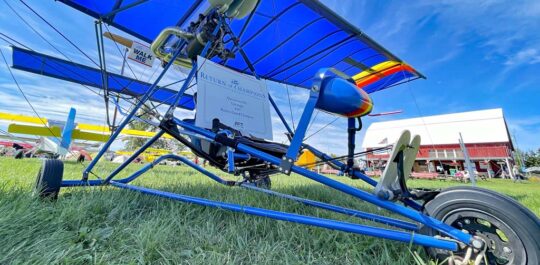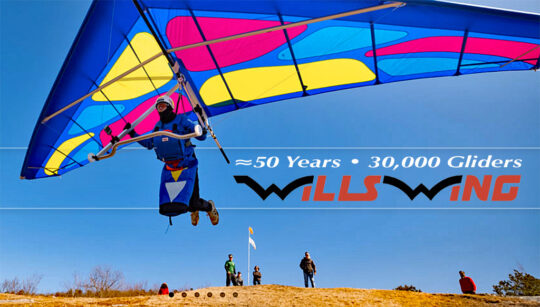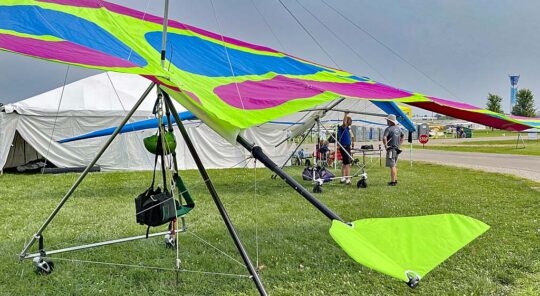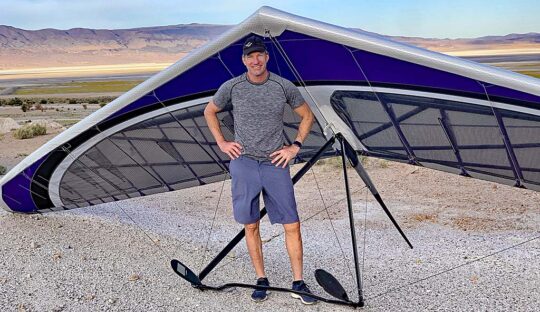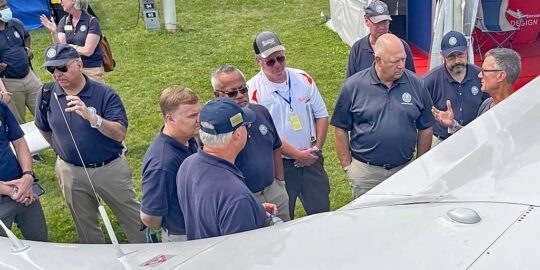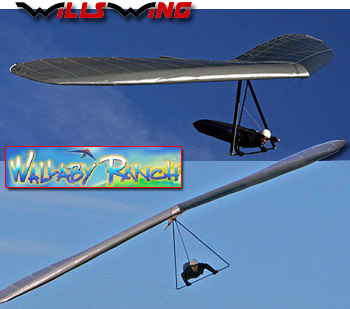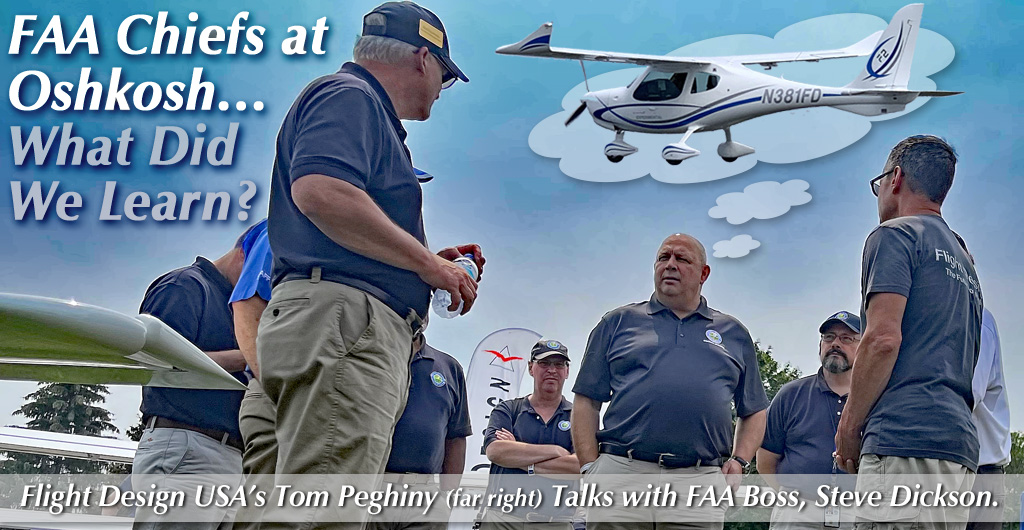
EAA AirVenture Oshkosh 2021 is one for the history books. Initial reporting from the big member organization suggests 2021 was a return to normal attendance and exhibitors were not far behind. One can always find a few empty spots and wonder if they failed to sell yet it is equally likely a company bought the space but could not attend or exhibit for a variety of reasons. To my eyes and by the numbers, Oshkosh 2021 looked to be a home-run success. Stories will continue but here I want to address two very different views of AirVenture. On one hand vendors widely reported solid sales. On the other, FAA clarified some questions but raised others. Many frowns were reported when agency boss Steve Dickson held his “Meet the Administrator” session but let’s look at the bright side first. LSA – SP Kits – Ultralights Sold Well at Oshkosh I did no survey and even if I had, what a vendor reports and what actually follows are rarely identical.


 One can always find a few empty spots and wonder if they failed to sell yet it is equally likely a company bought the space but could not attend or exhibit for a variety of reasons. To my eyes and by the numbers, Oshkosh 2021 looked to be a home-run success.
Stories will continue but here I want to address two very different views of AirVenture. On one hand vendors widely reported solid sales. On the other, FAA clarified some questions but raised others. Many frowns were reported when agency boss Steve Dickson held his "Meet the Administrator" session but let's look at the bright side first.
One can always find a few empty spots and wonder if they failed to sell yet it is equally likely a company bought the space but could not attend or exhibit for a variety of reasons. To my eyes and by the numbers, Oshkosh 2021 looked to be a home-run success.
Stories will continue but here I want to address two very different views of AirVenture. On one hand vendors widely reported solid sales. On the other, FAA clarified some questions but raised others. Many frowns were reported when agency boss Steve Dickson held his "Meet the Administrator" session but let's look at the bright side first.
 This is not a pace I heard at Sun 'n Fun 2021, for example. That first show of the year was more tentative. People were still frightened by unrelenting news on TV and Sun 'n Fun represented a first step back toward normal. Mind you, I considered the Lakeland show another big success; many others evidently decided by late July that the situation had improved enough for pilots to open their wallets.
Pilots who acted sooner scored an earlier delivery. Many at Oshkosh heard deliveries were already being quoted well into 2022. At Sun 'n Fun we didn't hear that.
My measurement of how the industry is doing is not only to assess the health of suppliers but the willingness of pilot consumers to think about a new purchase. Wary buyers hold back in times of uncertainty so sales of light aircraft at Oshkosh illustrates both pent-up demand and a sense of hopefulness by pilots expecting to get out and enjoy flying.
This is not a pace I heard at Sun 'n Fun 2021, for example. That first show of the year was more tentative. People were still frightened by unrelenting news on TV and Sun 'n Fun represented a first step back toward normal. Mind you, I considered the Lakeland show another big success; many others evidently decided by late July that the situation had improved enough for pilots to open their wallets.
Pilots who acted sooner scored an earlier delivery. Many at Oshkosh heard deliveries were already being quoted well into 2022. At Sun 'n Fun we didn't hear that.
My measurement of how the industry is doing is not only to assess the health of suppliers but the willingness of pilot consumers to think about a new purchase. Wary buyers hold back in times of uncertainty so sales of light aircraft at Oshkosh illustrates both pent-up demand and a sense of hopefulness by pilots expecting to get out and enjoy flying.
